The celebrations after the 2017 World Cup went on for the next few months.
But there was one question that the Indian cricketers failed to respond to in their interviews. 'What was their next assignment?' Nobody knew; the players were waiting for the BCCI to tell them.
The BCCI, with barely any time from its endless legal tangles, had nothing in mind immediately.
The likes of Australia and England were back on the field, battling it out in the Ashes in front of sizeable crowds.
But for Mithali Raj and team, there was no road ahead.
A revealing excerpt from Suprita Das's Free Hit: The Story Of Women's Cricket in India.
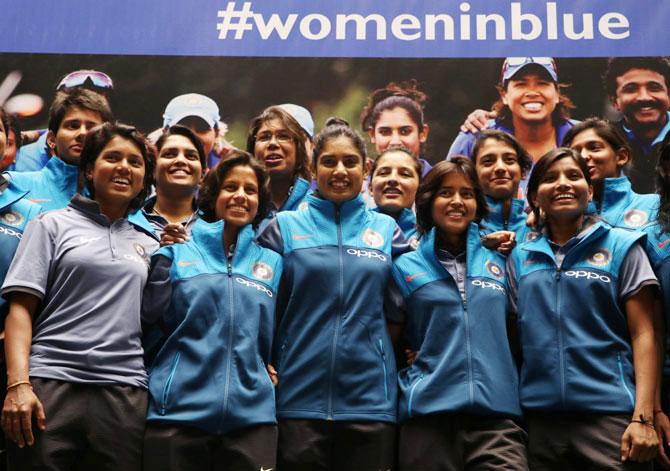
Mithali Raj and Nooshin Al Khadeer, best friends for two decades, communicate before and after every India match. However, after July 23, 2017, the World Cup final, they didn't talk, not even exchange a text message.
Nooshin knew her friend needed some space. Before leaving for England, Mithali had told her several times that this could be her last World Cup.
A couple of days after the final, Mithali called her best friend just before returning home from England.
'It didn't happen, Noosh,' she said. 'It should've happened.'
'I guess it wasn't meant to happen,' Nooshin said. They spoke for a bit about her run out because it had become a talking point.
'I don't care what they're saying. We still lost,' Mithali said.
The team landed in Mumbai on their return to India in two batches. Mithali was a part of the second batch that landed around 9 am; the previous lot was there before the crack of dawn.
When they got out of the airport, they couldn't see a thing but the cameras and the flashes and the heads of camerapersons!
There were garlands, a welcoming party comprising Mumbai's U-19 women's team, banners, music, sweets and microphones, all jostling for space as the players tried to make their way to the bus that was to take them to their hotel.
There were also those who had come to pick up their friends and family, but had decided to wait after hearing that Mithali Raj and team were due to land any moment.

Deepti Sharma struggled to get her suitcase inside the bus because there were so many cables on the ground. What would've been a five-minute drive from the airport to the hotel took almost an hour that day.
The lobby of the hotel, meanwhile, had turned into a media interaction zone. There were fans too, waiting for their turn to take a selfie with their new cricket heroes. Jhulan Goswami had no time to even change clothes. She just washed her face and ran down for the press conference.
The conference was attended by more than fifty journalists, a tiny fraction of what was present at the team's pre-departure conference. As the players took turns to take questions from the media, most TV channels streamed it live.
Every network wanted the first one-on-one interview with the captain. Captain not available? Okay, get the vice-captain then, came the instruction from the editors.
Some wanted the entire team on their channels. The players were needed on prime time television and on special shows, and Trupti Bhattacharya, the team's manager, had never been busier.
After Mumbai, it was Delhi's turn: Meetings and felicitations with the prime minister, sports minister, several other ministers and countless media interactions. Meanwhile, news of more cash awards and swanky cars kept pouring in. But this was just the start.
On their return to their respective hometowns, the festivities continued. It didn't feel like they had lost the final.
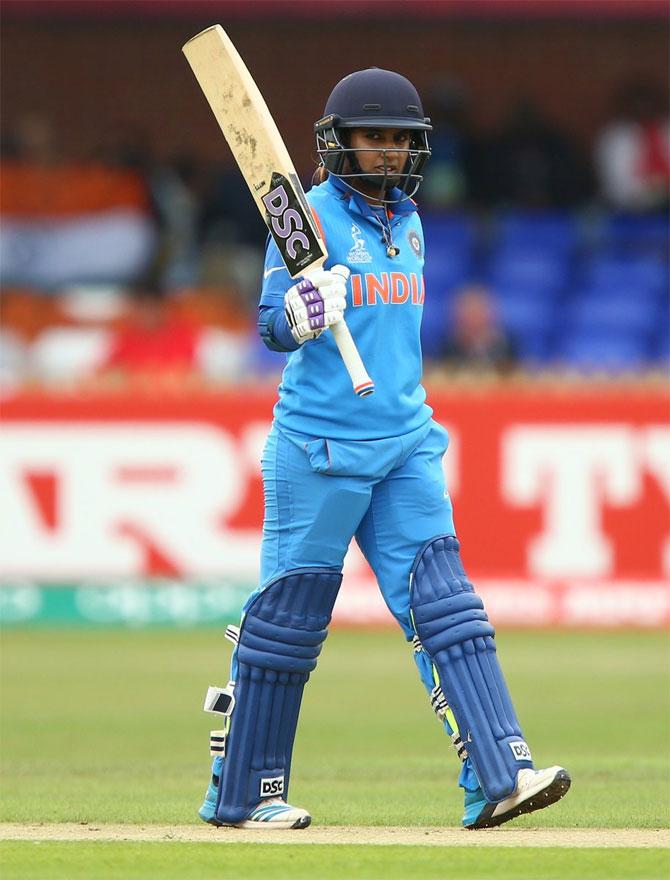
At a felicitation function in Bengaluru, Veda Krishnamurthy stood beside Mithali Raj on a dais at the academy where she'd honed her skills. In a way, life had come full circle for Krishnamurthy.
In 2005, when she'd just switched from karate to cricket after reading about the Indian team at the World Cup in the papers, there was a fight among the students at Irfan Sait's academy about who would give a bouquet to the Indian team captain at the felicitation.
Veda Krishnamurthy had just heard Mithali's name then and learnt that she was a very important player. She was adamant that she should give the bouquet to Mithali, not knowing that twelve years later she would stand with her at the same academy for a similar felicitation function and receive a bouquet.
For months, Mithali criss-crossed the country, walking in and out of flights and attending events. She found herself on a magazine cover with Shah Rukh Khan and Nita Ambani; spoke at an event about breaking barriers alongside her colleague Jhulan Goswami and Rahul Dravid; and was a part of UNICEF campaigns with Sachin Tendulkar.
Soon, she and her team-mates even found themselves on the sets of Kaun Banega Crorepati with Amitabh Bachchan.
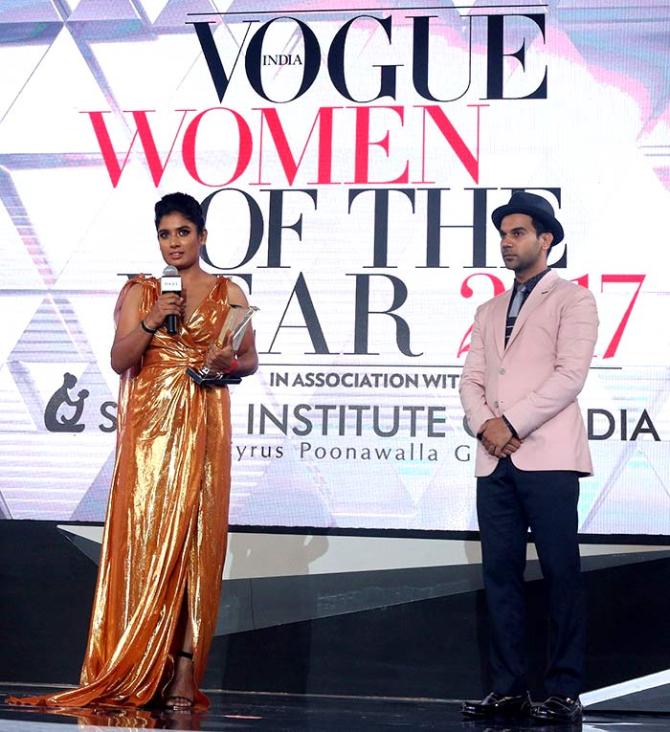
Suddenly there was a keenness to know about the personal lives of women cricketers, an area familiar to India's male cricketers, but a completely new addition to the narrative of women's cricket in the country: What did Mithali Raj like to eat? Who was better with the Playstation -- Harman or Smriti? Who was the team's bully? Who was the best dancer?
Soon enough, production houses acquired rights for biopics on Mithali Raj and Jhulan Goswami.
After coming back to India, Mithali hadn't even got the time to unpack properly. But being an ambassador for the sport, she had to use every opportunity to talk about women's cricket and promote it among young girls.
For Mithali, who'd spent about eighteen years of her life playing cricket for India in obscurity, the attention and adulation was rare and she loved the change.
Some of her stardust rubbed off on her parents too and their simple middle class cares -- their daughter's health and happiness -- were disrupted so they could attend to calls from visitors and media persons.
The celebrations went on for the next few months. But there was one question that the Indian cricketers failed to respond to in their interviews. 'What was their next assignment?' Nobody knew; the players were waiting for the BCCI to tell them.
The BCCI, with barely any time from its endless legal tangles, had nothing in mind immediately. The likes of Australia and England were back on the field, battling it out in the Ashes in front of sizeable crowds. But for Mithali Raj and team, there was no road ahead, no FTP (Future Tours Programme) planned.
Mithali had the empty Railways ground in Hyderabad on a December afternoon to walk out to, for her first domestic game of that season.
Barring a couple of selectors, a group of Railways employees who'd dropped by during lunch break and a set of parents with their daughter, there was nobody to watch the world's highest run-getter in women's cricket play a match in her own hometown -- in a Railways team that had almost the same set of players as the national team.
Railways was and continues to be one of the better managed domestic sides. For most of the other state associations, it remained to be seen how much India's World Cup win was going to change their fortunes. Not in a major way and, of course, not immediately. Most of them were still playing very little cricket.
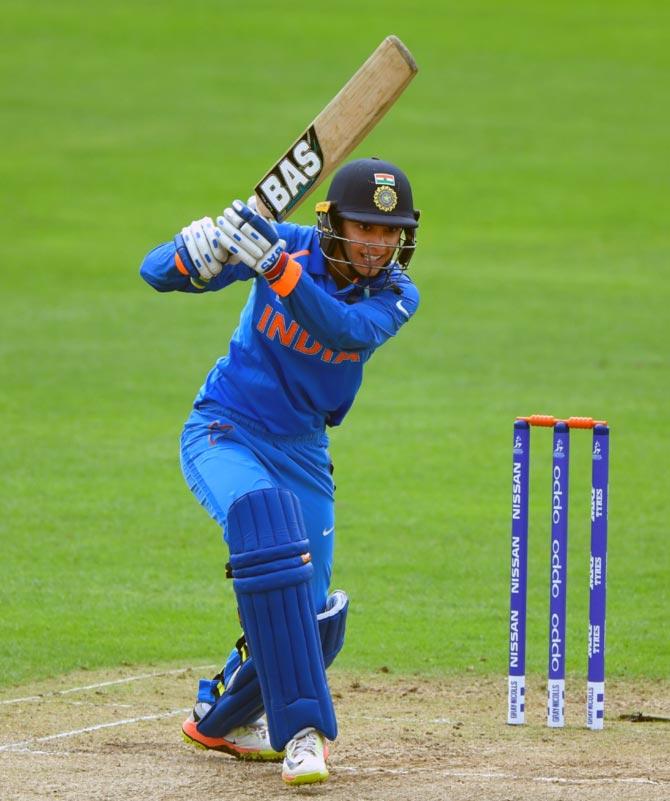
Ananya Upendran, a bowling all-rounder with the Hyderabad senior team, played for about two months in a season and trained for the rest of the year, like the rest of her team-mates.
There was little money in it and many of her friends and team-mates dropped out because of financial reasons. It did make more sense, after all, to be doing a steady job that paid a salary at the end of the month.
A majority of the states, for instance, didn't get paid for an entire season, some even two, because of the impasse between the Supreme Court-appointed Committee of Administrators and the state units over the implementation of the Lodha reforms.
The COA, led by Vinod Rai, said all payments were updated. 'In fact, for the last few months, we made sure the money was transferred directly to the bank account of the players,' Rai said.
However, the BCCI could not transfer amounts unless the state associations provided it with an invoice for each player and the number of matches they played.
On more occasions than one, state associations didn't bother sending invoices to the board and the players waited to be paid month after month. The COA also said it was working on a new payment plan for domestic players, for both men and women.

It was only in 2018 that contracts were renewed and salaries hiked. But by then the damage had been done. The players were paid a paltry dearness allowance of Rs 500 to Rs 600.
Players who were put up in four- and five-star hotels had to pay for their own food and some of them, who were unable to afford it, would just eat an apple or two bananas and go to sleep.
Some survived on instant noodles such as Maggi. They'd never want to spend that money on food because that was their income and they wanted to take it home, however little it was. Maggi, surely, cannot be an athlete's fuel; inevitably the performances on the field on match days dipped considerably.
One can't confirm if the BCCI intentionally picked International Women's Day in 2018 to announce new contracts for its players. It might not have been the best idea, given that even the lowest paid male cricketer, as per the new contracts, now stood to earn double that of the highest paid female cricketer.
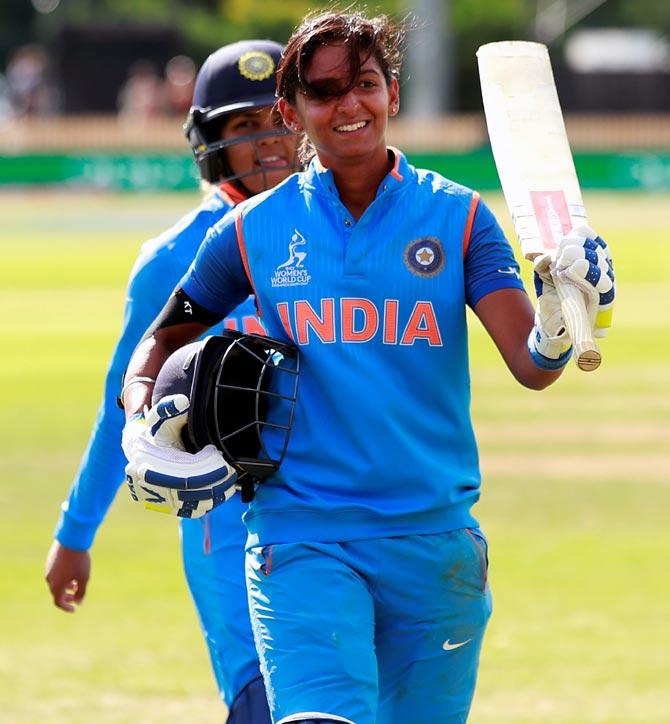
For the men, in fact, there was a new category, A+, that paid a whopping Rs 7 crore annually. For the women, those in the A category -- Mithali Raj, Jhulan Goswami, Harmanpreet Kaur and Smriti Mandhana -- would now earn Rs 50 lakh, Rs 35 lakh more than the Rs 15 lakh they were earning earlier.
In contrast, the lowest pay category for the men, the C category, which included some players who hadn't represented India in a year, would be earning Rs 1 crore. The women players in the B and C categories would be paid Rs 30 lakh and Rs 10 lakh respectively.
The pay gap was still staggering, but it was an improvement.
The new pay scale, in fact, made Indian women the world's best-paid cricketers. The top Australian women earn around AS$ 80,000 annually, which is a little over Rs 40 lakh. England's best also earn under Rs 50 lakh a year.
However, it's the domestic cricketers who really need the money and help. The wages of domestic seniors were hiked from Rs 3,500 per day to Rs 12,500 in ODIs (half the amount in T20s), in what may seem like a considerable raise.
But a player who represents a state that fails to make it to the knockouts of the 50-over tournament and hence gets to play just four games in the entire season, stands to earn just Rs 50,000 a year, and Rs 1 lakh if that team goes all the way to the final. Add eight T20 games to the mix -- the best possible scenario -- and that's Rs 50,000 more.
The total earnings, then, for a domestic player, who plays eight ODIs and eight T20s annually, can never be more than Rs 150,000. In the worst case scenario, if a cricketer plays only T20s for a side that doesn't go past the preliminary round, her yearly earnings are a paltry Rs 25,000.
Male domestic cricketers get paid Rs 35,000 per day and they play plenty of multi-day matches in what is a very robust and well-calibrated domestic calendar. So on playing a Ranji match, which goes on for four days, a player stands to earn Rs 140,000 from just one game!
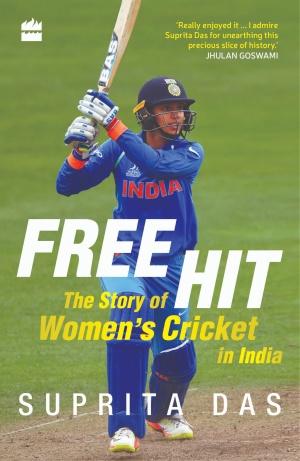
The desperate need of the hour is more tournaments for women. In 2017, the U-16 tournament was reintroduced for the first time since the BCCI took over in 2006, but it is played at a zonal, not state level.
In fact, the latest domestic calendar for the women (the 2018-2019 season), has no multi-day competitions or inter-zonal games, across formats and age groups -- U-19, U-23, Senior -- except U-23.
So hungry are the players for matches that in 2017 some members from the senior Karnataka side organised their own T20 league in Mysuru, with permission from their state association and the BCCI.
Some of them approached sponsors, many of whom backed out, to organise an eight-team league with teams from Western Railways, South Central Railways, Baroda, Karnataka, Kerala, among others.
It was a proper tournament and cost them Rs 6 lakh to Rs 7 lakh. Akanksha Kohli, member of the senior Karnataka women's team, and team-mates approached a few small companies and their parents for money, got the ground with help from their state association and booked an entire hotel for the players.
The girls spread the word on social media, hired chauka.com to do online scoring for the five days of the tournament, organised vegetarian food for the 110-odd players and even managed to have prize money of Rs 35,000 for the winning team.
The tournament also featured former India internationals like Reema Malhotra and Gouher Sultana. But, above all, the main talking point was: 'If we as players, on a minimal budget, can put together a five-day tournament, what's stopping the Board and state associations from doing the same?'
Excerpted from Free Hit: The Story Of Women's Cricket in India by Suprita Das, with the kind permission of the publishers, HarperCollins India.




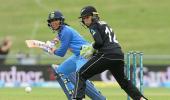






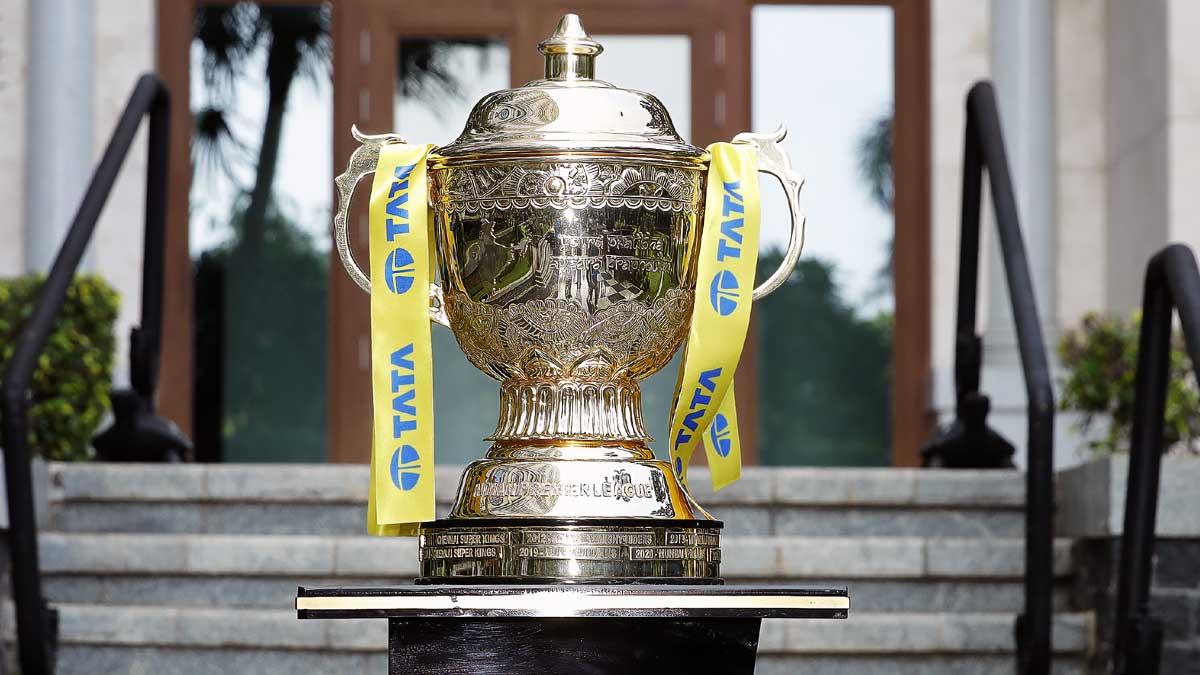
 © 2025
© 2025